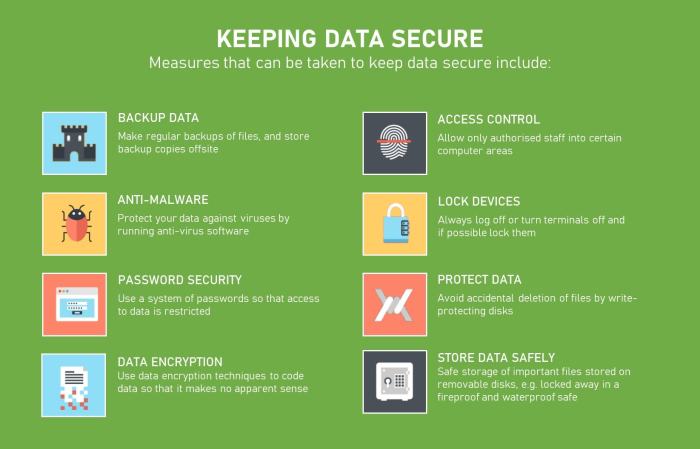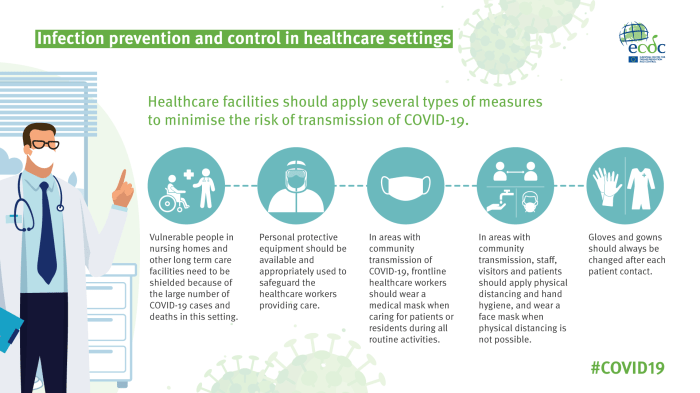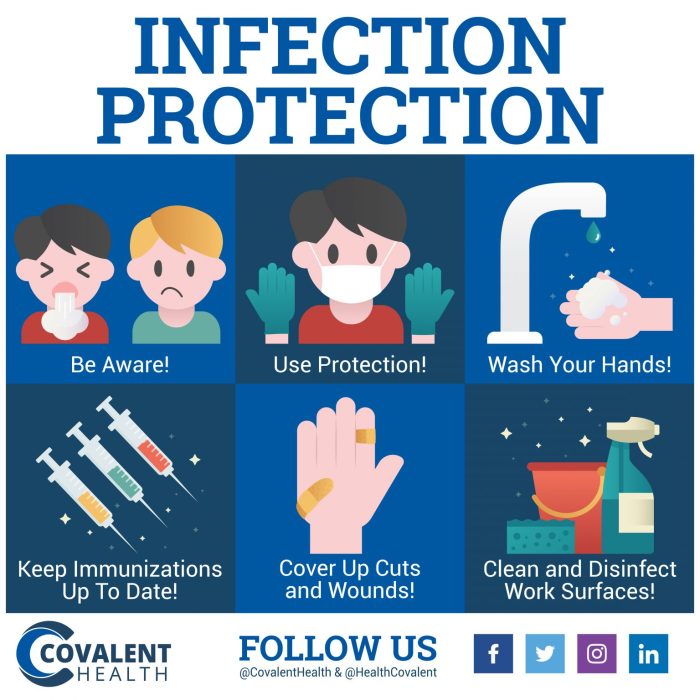Prevention is the best safeguard for breakdowns. By prioritizing proactive measures, organizations can significantly reduce the risk of system failures, ensuring optimal uptime and reliability. This comprehensive guide explores the importance of preventive maintenance, risk assessment, proactive monitoring, predictive maintenance, and organizational culture in safeguarding systems against costly breakdowns.
Embracing a prevention-focused approach not only minimizes downtime and maintenance costs but also enhances customer satisfaction and organizational reputation. With real-world examples and case studies, this article provides valuable insights into the benefits and best practices of prioritizing prevention.
Preventive Measures for Safeguarding Systems
Implementing preventive measures is crucial for safeguarding systems and ensuring their optimal performance. Regular system maintenance is paramount in identifying and addressing potential issues before they escalate into major breakdowns.
Maintenance Tasks
- Regular software updates and patches
- Hardware inspections and cleaning
- System backups and data recovery testing
- Log file analysis and monitoring
- Performance tuning and optimization
System Health Monitoring
- Performance metrics monitoring (e.g., CPU utilization, memory usage)
- Error and event logs monitoring
- Health checks and diagnostic tools
- System dashboards and alerts
- Failure Modes and Effects Analysis (FMEA)
- Fault Tree Analysis (FTA)
- Event Tree Analysis (ETA)
- Consider the likelihood and severity of potential risks
- Use risk matrices or other prioritization methods
- Focus on high-priority risks that could significantly impact operations
- Develop plans to address identified risks
- Implement safeguards, redundancies, and backup systems
- Establish clear responsibilities and communication protocols
- System monitoring software
- Network monitoring tools
- Performance monitoring tools
- Security monitoring systems
- Early detection of anomalies and performance issues
- Reduced downtime and system failures
- Improved system reliability and uptime
- Email or SMS alerts
- Automated notifications via system dashboards
- Pager or mobile app notifications
- Analysis of sensor data, log files, and performance metrics
- Identification of patterns and trends
- Development of predictive models
- Forecasting potential failures
- Identifying system components at risk
- Scheduling maintenance based on predicted failure probability
- Establish clear policies and procedures
- Provide training and education to staff
- Encourage reporting of potential issues
- Foster a culture of collaboration and teamwork
- Example organizations that have successfully implemented prevention-focused strategies
- Case studies demonstrating the benefits of a proactive maintenance culture
- Reduced maintenance and repair costs
- Minimized downtime and business disruptions
- Increased asset lifespan and value
- Increased system uptime and availability
- Improved system performance and reliability
- Reduced system failures and disruptions
- Reduced service outages and disruptions
- Improved product and service quality
- Enhanced customer trust and loyalty
- Organizations that have implemented successful preventive maintenance programs
- Case studies demonstrating the benefits of predictive maintenance
- Examples of how preventive measures have prevented breakdowns and saved costs
- Success stories of organizations that have embraced a culture of prevention
Identifying Potential Breakdown Risks
Identifying potential breakdown risks is essential for proactive system management. Risk assessment techniques can help organizations evaluate the likelihood and severity of potential failures.
Risk Assessment
Risk Prioritization
Mitigation Strategies
Proactive Monitoring and Early Detection
Proactive system monitoring enables organizations to detect potential issues and respond before they cause significant disruptions.
Monitoring Tools
Benefits of Real-Time Monitoring
Automated Alerts and Notifications, Prevention is the best safeguard for breakdowns
Predictive Maintenance and Failure Prevention

Predictive maintenance leverages data analysis to identify potential failures before they occur, enabling proactive maintenance and failure prevention.
Concept of Predictive Maintenance
Predictive maintenance uses historical data, machine learning, and statistical models to predict system failures.
Data Analysis
Role of Predictive Modeling
Organizational Culture and Best Practices

Fostering a proactive maintenance culture is crucial for preventing breakdowns. Best practices can help organizations establish and maintain this culture.
Importance of Proactive Maintenance Culture
A proactive culture emphasizes prevention, early detection, and continuous improvement.
Best Practices
Success Stories
Benefits of Prevention-Focused Approach: Prevention Is The Best Safeguard For Breakdowns

A prevention-focused approach to system management offers numerous benefits, including financial savings, improved reliability, and enhanced customer satisfaction.
Financial Benefits
Impact on System Uptime and Reliability
Enhanced Customer Satisfaction
Case Studies and Real-World Examples

Real-world examples and case studies provide valuable insights into the successful implementation of prevention-focused strategies.
Case Studies
Real-World Examples
Essential Questionnaire
What are the key benefits of preventive maintenance?
Preventive maintenance helps organizations avoid costly breakdowns, improve system uptime, and extend the lifespan of equipment.
How can organizations identify potential breakdown risks?
Organizations can use risk assessment techniques to identify potential breakdown risks based on severity and likelihood, allowing them to prioritize mitigation strategies.
What is the role of predictive maintenance in preventing breakdowns?
Predictive maintenance uses data analysis to identify potential failures before they occur, enabling organizations to take proactive measures to prevent breakdowns.